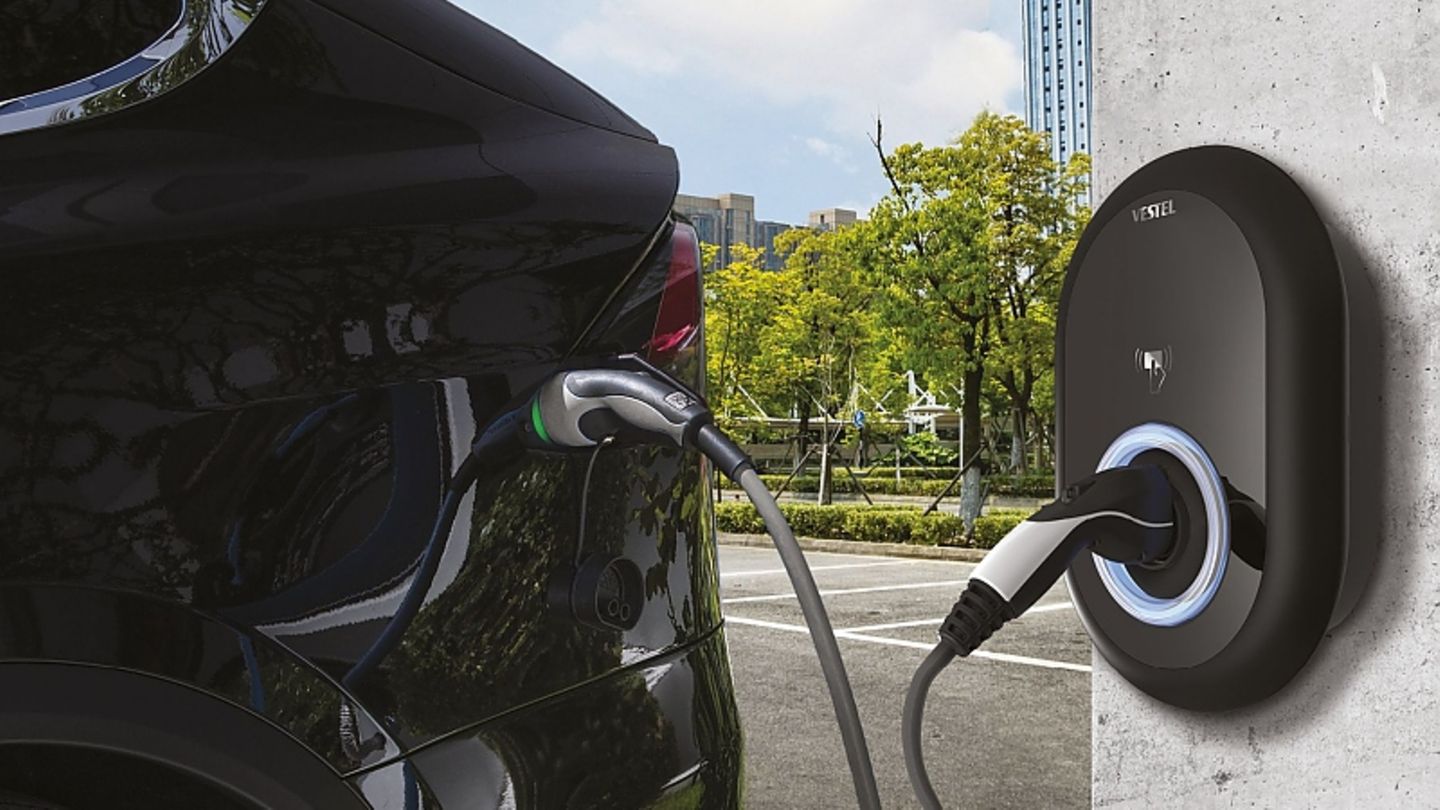Ultimately, electromobility only makes sense if there is a constant charging facility. That is why many e-mobilists want to install a private wallbox. However, there are also a few things to consider when it comes to private electricity pumps.
On July 21 of this year, the Federal Ministry of Transport and Digital Infrastructure (BMVI) increased funding for private wallboxes by a further 300 million euros. “Charging must be possible anywhere and anytime. A comprehensive and user-friendly charging infrastructure is a prerequisite for more people to switch to climate-friendly e-cars,” says Minister Andreas Scheuer. So German citizens who want to charge their electric car at a wallbox at home can get support from the state with 900 euros per charging point. Funding is still handled by KfW Bank.
However, according to the BMVI, the following conditions must be met: The charging station must have a normal charging power of 11 kW, the electricity must come from 100 percent renewable energies and the charging station must be intelligent and controllable (with a view to serving the grid). Interested parties should keep an eye on the last point, because that ultimately means that the charging current can be throttled under certain circumstances. Before starting the installation of a wallbox, it is advisable to contact your local city or municipality or check the website to see which other provisions may still apply.
Before deciding on a wallbox, you should put together a small checklist so that your home charging station can do its job as efficiently as possible. The onboard charger of the electric car is very important, if it only has a charging capacity of 3.6 kW, then it takes significantly longer to fill the power storage. How long can anyone calculate using the simple formula “charging time is battery capacity divided by charging power”.
The wallbox itself should be able to communicate with the car and the power grid as intelligently as possible. An app with which you can conveniently monitor or control the charging process remotely also makes charging up your batteries easier. The silver bullet is your own photovoltaic system, which fills the electric car with self-generated electricity via the wallbox. It goes without saying that the installation of the wallbox should be carried out by a specialist who should use a branded wallbox. It also checks which power connection you need. If the charging power is to be 11 kW or even 22 kW, a three-phase three-phase connection with 400 volts and an amperage of 16 respectively. 32 amp sense.
The question now is which wallbox you should use. It is obvious that only a model that is eligible for funding brings financial advantages. You also have to decide how many charging points are needed. Wallboxes for an electric car cost around 1,000 euros. If two electric cars are to be charged, the price doubles. Some manufacturers offer their own wallboxes, which are mostly produced in cooperation with wallbox manufacturers. When buying a BEV, car manufacturers such as VW often offer a package that includes the installation of the charging station. However, you should always keep an eye on the funding and use the ID.Charger Connect at VW, for example.
Basically, you are well positioned with the Webasto Pure wallbox, which can be had for less than 700 euros. However, the lack of internet capability stands in the way of funding. If you want a Webasto wallbox that is eligible for funding, you should take a closer look at the Webasto Live, which is significantly more expensive at around 1,400 euros. An alternative for those who want to take their own charging station with them everywhere are portable solutions such as the Juice Booster 2, which can charge up to 22 kW and is currently available for around 1,000 euros. However, this portable wallbox takes up a lot of space and you have to find the right power connection. When using such a mobile charging solution, you always have to keep in mind that thieves could keep an eye on such a mobile wallbox. To ensure that the device is secure, Juice Booster offers a variant with a striker and key lock.
In the ADAC test, the Kostad TX-1000 wallbox took the overall victory by impressing with its compact design, a maximum charging speed of 22 kW and ease of use. However, the manufacturer Kostad has already brought a successor onto the market with the Unity20 Wallbox, which is also convincing. An alternative is the Heidelberg Wallbox Energy Control, which fills the electricity storage with a maximum of 11 kW. Here, too, you have to look carefully when purchasing, as Heidelberg Wallbox also offers models that are not funded. The suffix “Energy Control” is decisive here. With prices of a good 800 euros, the Heidelberg wallboxes are worth a look.
The wallbox manufacturer ABL works with Mercedes and Audi, among others, and the Franconian company is also active in setting up the public charging infrastructure in Munich and Nuremberg. The models are accordingly well-engineered. According to ABL, the eMH1 Wallbox is pre-installed ready for connection and no additional residual current protection is required, which has a positive effect on costs.
I am a 24-year-old writer and journalist who has been working in the news industry for the past two years. I write primarily about market news, so if you’re looking for insights into what’s going on in the stock market or economic indicators, you’ve come to the right place. I also dabble in writing articles on lifestyle trends and pop culture news.




